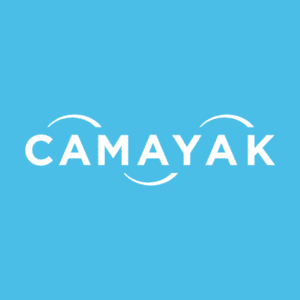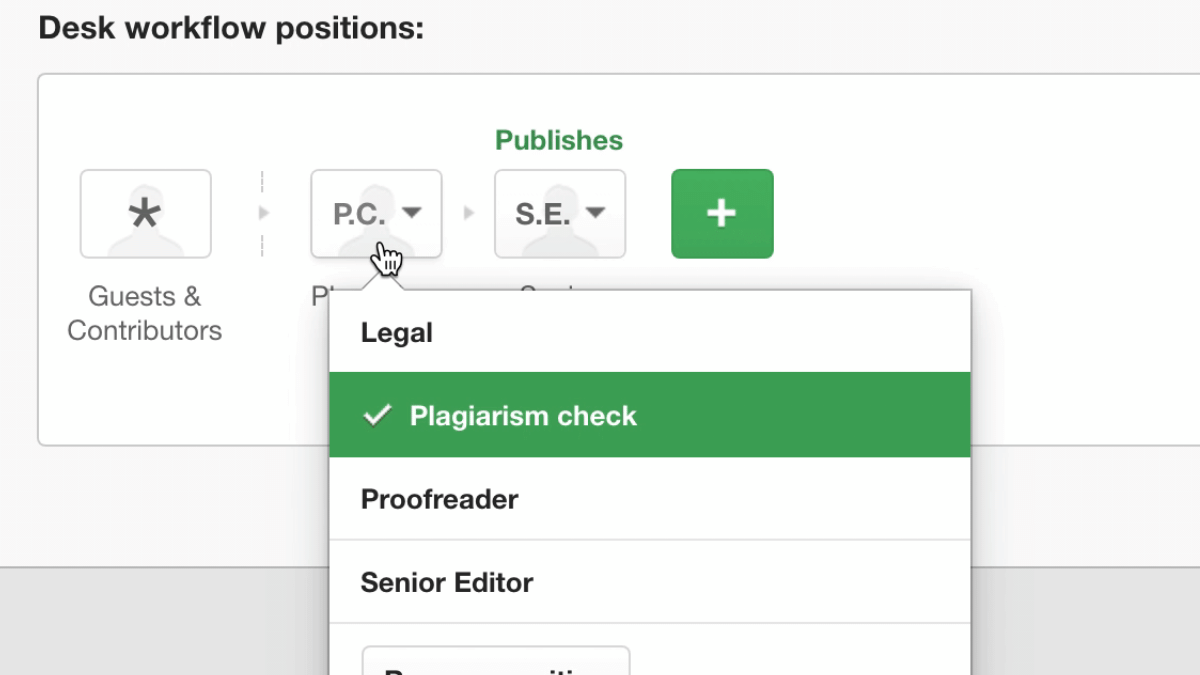Camayak: Integrating Plagiarism Detection into Editorial Workflows

The summer of 2012 was widely known as “The Summer of Sin” for journalism.
It was a season that saw a series of high-profile integrity scandals including plagiarism allegations against Jonah Lehrer, Fareed Zakaria and Margaret Wente.
It was in September of that year I penned an article entitled “Journalists: It’s Time to Get in Front of Plagiarism” talking about how publishers need to start working to prevent plagiarism rather than simply respond to allegations as they arise.
Unfortunately, progress has been slow since then. Times have gotten only more difficult for newsrooms, and both the costs and time requirements of implementing plagiarism detection have limited their application.
However, one company is trying to change that. Camayak, a company that produces a content workflow system that is aimed at helping editors manage assignments and authors (both freelance and internal).
Recently, Camayak announced a new partnership with Turnitin that enables editors to add a plagiarism tech as part of the editorial review process.
Spotting Plagiarism Before it is Published
Disclosure: I am a former paid consultant and blogger for Turnitin.
Camayak is a tool that enables editors to manage a large group of writers and assignments for a publication. Through Camayak, editors can receive pitches, dole out assignments to writers, enforce deadlines, handle the entire editing/feedback process and even pay writers.
To those in education, this might sound familiar. It’s remarkably similar to Turnitin’s Feedback Studio, Blackboard and other such systems that manage student assignments. However, with Camayak, the targeting is very much toward publishing and working in an editorial newsroom.
However, one thing that was missing from Camayak until recently was plagiarism checking. Now, due to a partnership with Turnitin, the company has added that step in. Editors can now make plagiarism detection part of their proofreading and general editing process.
With this, Turnitin joins LanguageTool, ChartBeat and Stripe as a partners for Camayak in streamlining the editorial process including choosing what content to write, proofing it and paying for services.
The advantage of this is obvious. One of the issues with plagiarism checking such works before was that it often required going through a separate service. This is an inelegant process that slows down the pace of editing.
That said, while the announcement is very promising, there are some limitations that need to be considered.
Limitations and Future Hopes
The main limitation with Camayak’s plagiarism detection tool is that, right now, it only works with Turnitin.
Turnitin is an odd choice for a product that is aimed at publishers. Turnitin is almost exclusive an academic product and both its cost structure and its tech focus in on education.
According to Camayak’s Success Director, Roman Heindorff, the decision was made at the request of a journalism school that needed Turnitin integration. They plan to add other services down the road.
However, the Turnitin limitation means that Camayak’s plagiarism detection tool will be comparatively expensive for the time being. This is better news for publishers that already have access to Turnitin and simply need a way to integrate into the editorial process.
Publishers for whom cost has been the biggest barrier to plagiarism detection will not want to jump on board yet and wait for additional integrations down the line.
Still, the issue of getting publishers to adopt plagiarism detection tools has been both a tech and a cost problem. Camayak is addressing the tech side of it and, given that Camayak’s service is relatively inexpensive, once they enable other plagiarism detection tools, they’ll help address the cost issue as well.
At that point, it will be an attractive offering for publishers that want to do more to prevent plagiarism but have struggled with implementing plagiarism detection into their editorial process.
Bottom Line
While this doesn’t guarantee that publishers will start including plagiarism detection as part of their editorial process, it reduces the excuses for them to not do so.
It’s easy to be sympathetic to publishers and editors on this issue. They are overwhelmed by the pressure to churn out more content faster than ever, all the while newsrooms and budgets are continuing to shrink.
Plagiarism detection costs time and money and it’s easy to see why many newsrooms have decided not to adopt it in this climate.
But as plagiarism stories keep pouring in and more publications find themselves playing defense on these issues, the imperative is growing stronger. Lower-cost and better-implemented plagiarism detection has the possibility to turn that dynamic around.
Here’s hoping that this is the beginning of a trend that sees more publications adopting plagiarism detection tools and catching more unethical copying before it is published for all to see.
Want to Reuse or Republish this Content?
If you want to feature this article in your site, classroom or elsewhere, just let us know! We usually grant permission within 24 hours.
